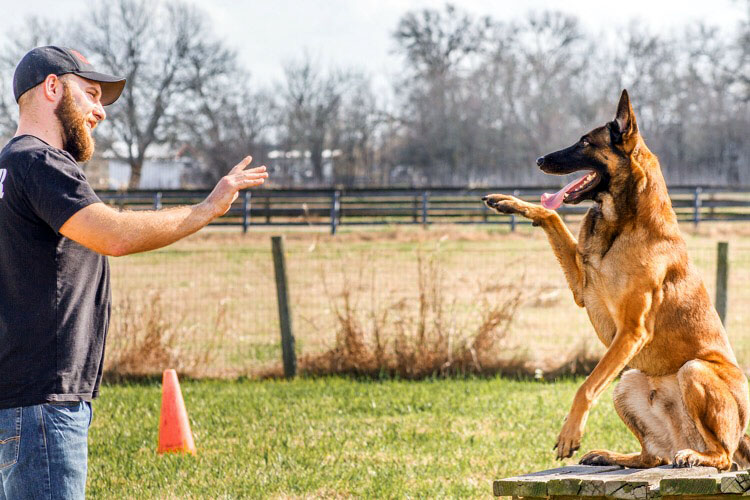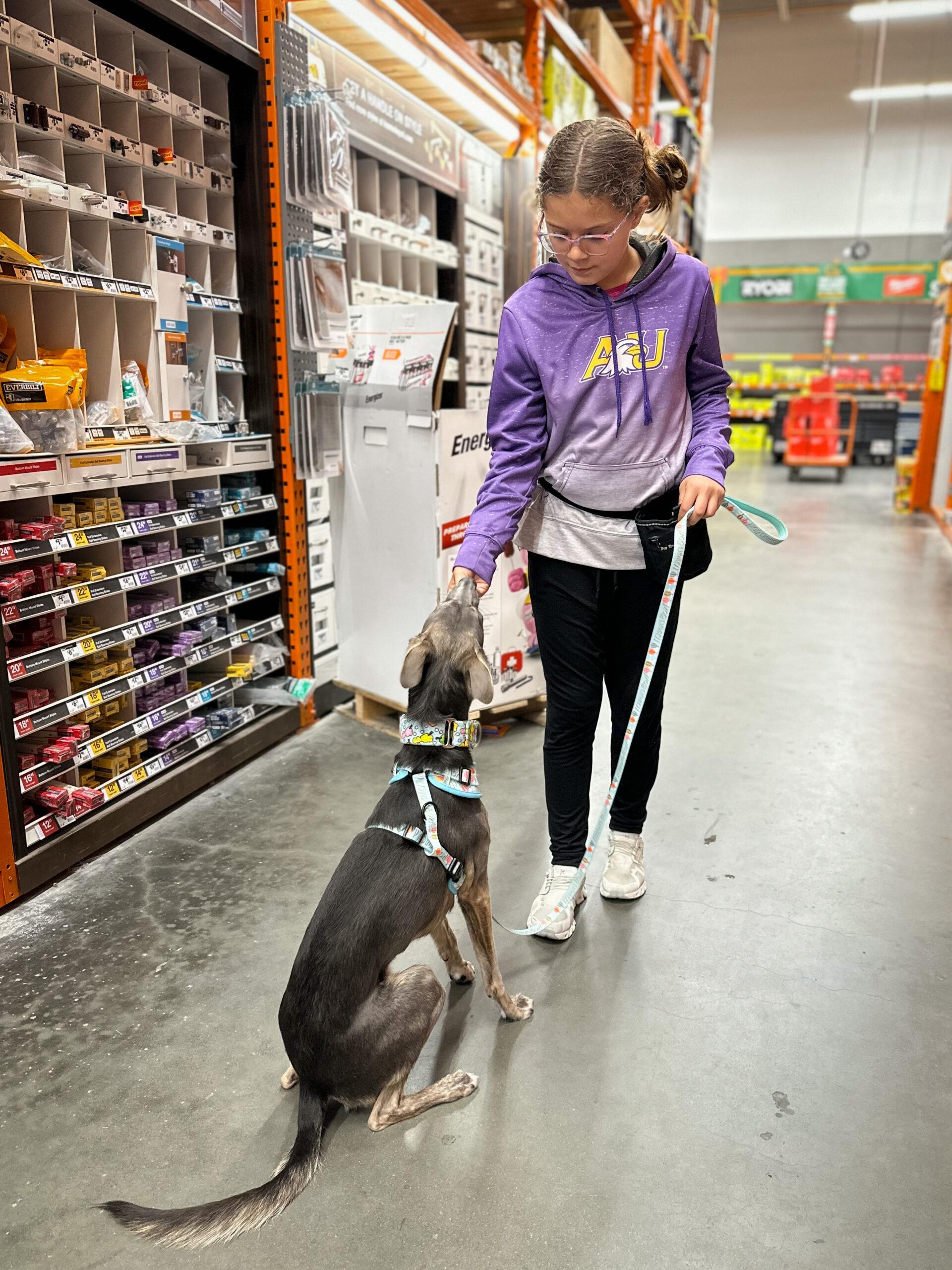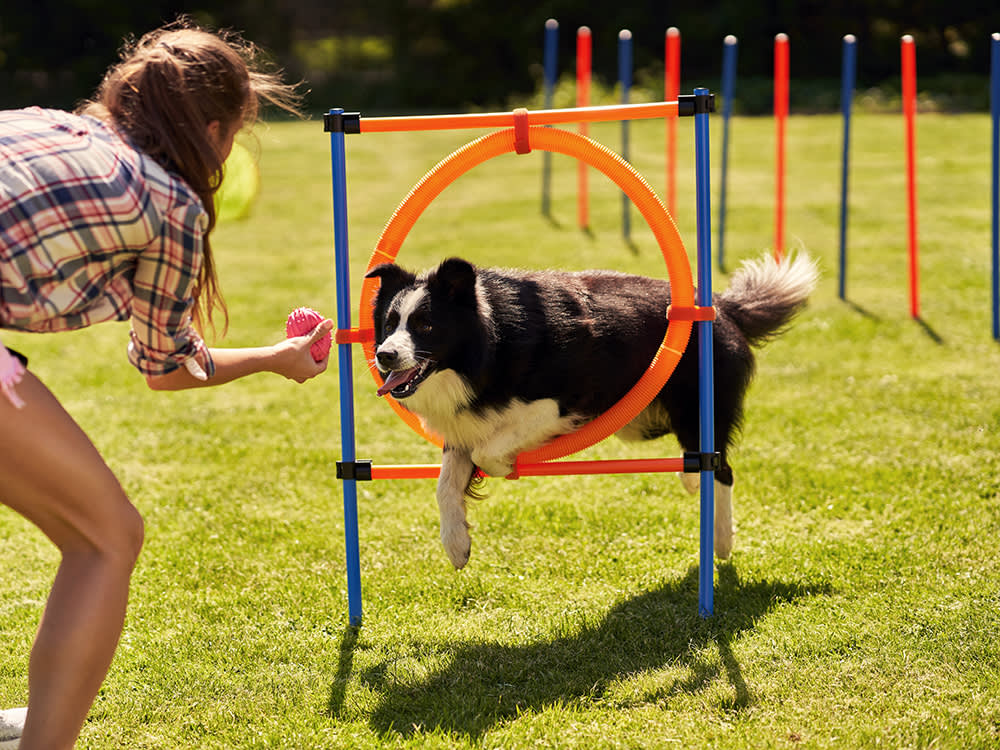Dog Training for First-Time Pet Owners: What You Need to Know
Dog Training for First-Time Pet Owners: What You Need to Know
Blog Article
Top Pet Dog Educating Techniques Every Proprietor Should Know

Positive Support Techniques
Making use of favorable reinforcement methods is essential for effective pet dog training, as it fosters a trusting bond in between the canine and the fitness instructor. This technique concentrates on gratifying preferable habits rather than punishing unfavorable ones, developing an atmosphere for learning. Rewards can consist of treats, appreciation, or playtime, which inspire pets to repeat the behaviors that make them these benefits.

Moreover, this technique improves the canine's interest for training sessions. They are more involved and receptive when pet dogs link training with favorable experiences. Dog training. Beyond prompt therapy, positive support urges a collaborative partnership in between the pet and instructor, decreasing anxiousness and worry
To maximize performance, it is critical to supply benefits promptly, making sure the pet dog attaches the habits with the support. In essence, positive reinforcement strategies not just produce better-trained pet dogs but additionally promote a harmonious collaboration in between canine and proprietor.
Remote Control Training Method
The remote control training technique is a very effective method that builds on the concepts of favorable support by adding an unique noise to mark wanted actions. This approach uses a tiny handheld tool that generates a clicking audio, allowing trainers to connect with their pet dogs in a clear and prompt fashion. When a pet dog does a habits that the owner wishes to urge, the clicker is triggered, followed by a benefit, commonly in the form of deals with or praise.
The secret to successful clicker training exists in uniformity and timing. It is vital to click at the exact moment the wanted behavior takes place, ensuring that the canine connects the sound with the activity and the subsequent incentive. This approach not just enhances communication but likewise cultivates a stronger bond between the canine and the owner, as it encourages interaction and communication during training sessions.
Remote control training can be applied to a variety of actions and commands, from fundamental obedience to a lot more complicated tricks. Its adaptability and performance make it a popular technique among specialist instructors and pet dog owners alike, paving the way for a receptive and trained canine friend.
Leash Training Basics
Efficient chain training is crucial for guaranteeing a delightful and secure strolling experience for both pets and their proprietors. A level collar may work for some canines, while others might profit from a harness that reduces drawing.
Introduce your pet dog to the leash gradually, allowing them to explore it in a comfortable environment. Practice loose-leash walking once they are accustomed. This involves gratifying your pet for walking beside you instead than drawing ahead. Usage deals with and praise to enhance desired actions, and make sure to remain assertive and calm.
If your dog begins to pull, quit walking quickly. Additionally, practice different walking atmospheres to help your dog adjust to distractions.
Regular practice will strengthen your canine's understanding of leash decorum. Bear in mind that leash training is an ongoing process; perseverance and consistency will generate the most effective results, fostering a favorable experience for both you and your canine friend.
Socializing Techniques
Socialization is a click site crucial element of pet dog navigate to this site training that must preferably start during puppyhood yet can be advantageous at any kind of age. Efficient socializing helps pet dogs develop self-confidence and decreases the probability of behavior concerns. To apply effective socializing methods, expose your canine to a range of settings, people, and other pets.
Start with regulated setups, such as pup classes or arranged playgroups, where young pets can interact securely. Progressively present your pet dog to new experiences, consisting of various noises, surface areas, and tasks. Ensure these experiences are gratifying and positive to establish a complacency.
For grown-up pets or those doing not have exposure, begin with low-stress situations. Short, positive communications with pleasant human beings and calm pets can create positive associations. Make use of deals with and appreciation to reinforce preferable actions during these experiences.

Consistency and Patience
Recognizing the significance of uniformity and perseverance in dog training is vital for achieving lasting results. Inconsistent training can lead to confusion, making it tough for the pet dog to comprehend commands or actions, eventually hindering progress.
Pets, like humans, learn at their own pace. This promotes important site a relying on partnership in between the dog and owner, encouraging a much more passionate and eager learner.
To grow uniformity and persistence, establish a routine training regular, use the very same commands, and guarantee that all family members apply the very same training concepts - Dog training. By doing so, you create a secure environment for finding out, enabling your canine to develop and prosper right into a mannerly companion
Final Thought
Finally, efficient canine training strategies, such as favorable reinforcement, clicker training, and correct leash training, are vital for promoting a healthy and balanced owner-dog connection. In addition, carrying out socializing methods and maintaining consistency and patience throughout the training procedure adds significantly to a canine's overall well-being. By integrating these techniques, pet owners can help with the advancement of well-adjusted, obedient pets, eventually improving the top quality of life for both the owner and the dog.
Among the most prominent methods are favorable support, remote control training, and chain training, each offering one-of-a-kind benefits that add to a mannerly pet. As we check out these basic methods, it becomes obvious that grasping their nuances can considerably affect the training experience and the canine's total habits.Using favorable support techniques is essential for reliable canine training, as it cultivates a relying on bond between the dog and the fitness instructor.In final thought, effective dog training strategies, such as positive reinforcement, clicker training, and appropriate leash training, are important for cultivating a healthy and balanced owner-dog relationship. By integrating these approaches, canine owners can facilitate the development of well-adjusted, loyal animals, eventually improving the high quality of life for both the owner and the canine.
Report this page